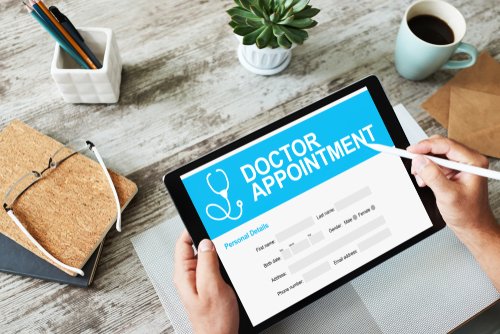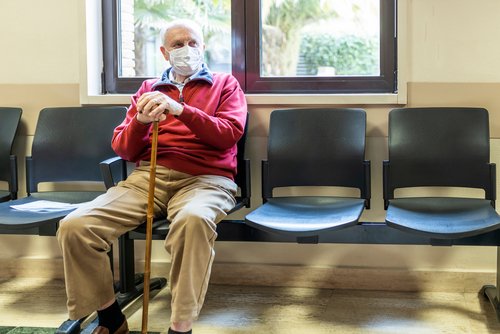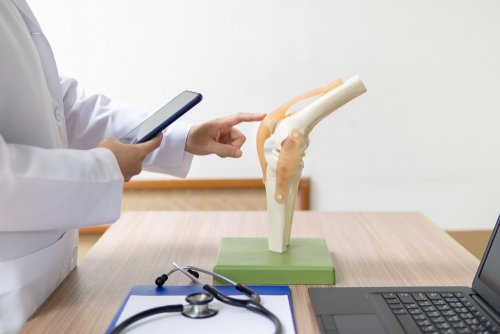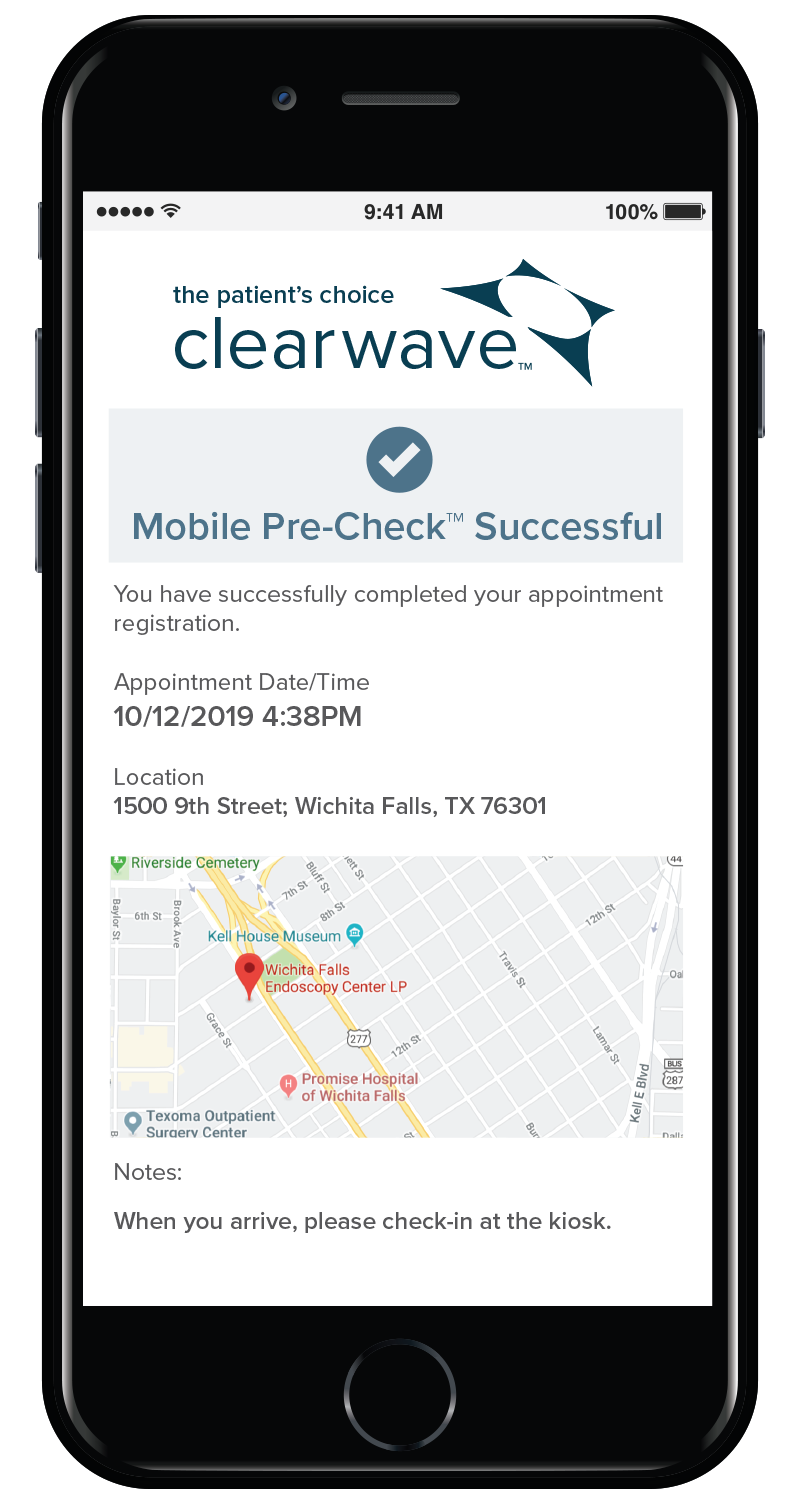What Role Does Orthopedics Play During COVID-19?
The coronavirus pandemic has affected many sectors of public service. Medical practices have been among some of the hardest hit.
This has placed a lot of responsibility on medical personnel. They need to find safe ways to care for patients while at the same time keeping them, and staff, safe.
The orthopedic community has had to make many changes to their daily operations. Some of these affect patients, while others have an impact on practices, with new regulations around elective procedures being introduced.
Here are some of the things that orthopedics practices are doing during this pandemic to reduce the risk of infections:
Be Proactive When Rescheduling Patients
All orthopedic procedures considered non-essential have been under a mandated postponement.
According to a press release from AAOS, “Over half of the members of the AAOS are in private practice, with each orthopaedic surgeon performing on average nearly 36 procedures per month…The capacity of these surgical practices to stay open and manage the expected influx of need following this crisis will correspond directly to how quickly Americans can get back to work and help the economy recover.”
Telehealth is critical to maintaining operations and workflow, but orthopedic surgeons will need to be swift in rescheduling patient appointments and booking elective procedures once standard operations are allowed to resume.
The best thing that orthopedic surgeons can do is be as proactive as possible. This will be especially important when it comes to rescheduling appointments once states lift the mandated postponement of all non-essential procedures.

Using technology like electronic self check-in solutions is ideal, because it allows you to send existing patients reminders about appointments that were missed and convert existing appointments to telehealth. Get ahead of patients by contacting them first so your orthopedics practice can prioritize patients and see the most critical cases as soon as possible.
Consider Converting Your Practice To A Walk-In Model

Another solution your orthopedic practice may want to consider is switching your practice over to a walk-in model, at least temporarily. Opening a walk-in clinic helps ensure that patients with medical issues like severe back pain or a stress fracture aren’t going to an emergency room, reducing strain on hospital systems and risk for interaction with patients that could have COVID-19.
At a walk-in clinic, patients can instead be seen in a timely manner and get the orthopedic care that they need. If you already use Clearwave, you can easily reconfigure existing tablets and kiosks to check-in walk-in patients without needing any prior notice.
The workflow can also be updated and adapted so that your check-in tablet or kiosk would collect additional information like contact information, medical history, or other questions if the walk-in patient is new to your orthopedic practice.
Leveraging Telehealth
Orthopedic practices have also engaged in patient education. Orthopedic practices have been able to introduce telehealth with reduced red tape.
This allows patients to consult their surgeons on bone and joint health. With this communication, patients can get guidance on how to manage side effects and other issues arising from their medications and conditions.
Through telehealth solutions, orthopedic surgeons have been able to ensure that their patients are adequately monitored even when they can’t make it to the facility.
Telehealth can be a useful tool for reviewing imaging, NCS/EMGs, and labs. Although it seems difficult, orthopedists can actually conduct a thorough range of motion test virtually thanks to telehealth.

Part of the success of this comes from preparation by the patient, including filling out a virtual visit checklist before their appointment, connecting their camera and microphone to a testing website, and sending the provider prepared photographs or videos that demonstrate examination maneuvers as well. With these things put into place, during the virtual examination, the orthopedist can observe how the patient moves and where they are experiencing discomfort.
For patients who have had to postpone surgeries because of COVID-19, telehealth makes it easier to set up a contingency plan, as well as next steps, like when to reschedule the procedure once it’s safe to do so. For some patients, this may mean that an in-person visit is necessary, and orthopedic surgeons can use this information to determine which patients need to be seen first.
Beyond COVID-19, telehealth expands the access to specialty care for all medical personnel, including orthopedic practices. It also greatly expands your referral or patient draw base that you can see patients from, since some patients may not be able to travel to see an orthopedic surgeon.
For these patients, this alleviates the burden of transportation as well as any lost productivity that may occur due to an in-person doctor’s appointment. Although it’s a scary time, having the option to use virtual care gives patients more choices than ever before. For those that are immuno-compromised or still nervous about leaving their homes due to the pandemic, this is a solution that makes a great deal of sense for medical practices to continue offering.
Telehealth puts you in front of both new and established patients, and now, thanks to new CMS updates, it’s easier to bill for. When a telehealth appointment is billed to be covered by Medicare, it equals the same thing as an in-person visit for billing.
This change makes it easier for your orthopedic practice to properly bill for telehealth appointments with patients, and can help maintain the financial health of your practice at the same time. It can also bolster income for practices in the form of making up for “no shows” or patients that cancel appointments at the last minute. This change is retroactive to 3/1/20 and in effect until PHE ends.
Electronic Check-In Solutions for Orthopedics Practices

Technology is evolving to ensure that orthopedics practices can continue to play their role at this challenging time. Electronic patient check-in allows practices to reduce contact in a number of ways and help support social distancing measures for practices, including Virtual Waiting Rooms, Drive-Through Appointments and other zero-contact offerings.
Another advantage of electronic check-in solutions is Mobile Pre-Check™, where patients can virtually check-in for their orthopedics telehealth appointment from the comfort of their own home the day before. Additionally, practices can conduct COVID-19 screenings via patient mobile pre-check to identify any at-risk patients before they ever set foot in the door. COVID-19 screening and monitoring is more important than ever in the fight to reduce the spread.
To activate telehealth appointments, patients can receive a reminder the day before and the day of their telehealth appointment that includes their login information, making the switch to a remote model seamless for staff and patients
These electronic-self check-in solutions keep both patients and staff at your orthopedics practice safe while providing efficiency.
Is your orthopedic practice looking for a safe electronic patient-check-in solution for both patients and staff? Schedule a 30-minute demo with Clearwave and find out how we can help!
Recommended for you
Related Posts
3 Ways to Gastroenterology Practices Use Patient Check-in Software to Augment Staff Workloads
Reading Time: 4 minutes By Chloe From Clearwave | June 13, 2014 The healthcare industry is battling a multi-faceted workforce crisis, and no specialty…
Patients Demand Modern Clinical Intake Procedures: How to Respond
Reading Time: 6 minutes By Chloe From Clearwave | March 27, 2023 Prioritize the modern registration experience patients want or they will go to…
Annual Revenue Practices Miss Without Patient Pre-Registration Solutions
Reading Time: 4 minutes By Blakely Roth | October 18, 2023 Patients are seeking quicker access to care and streamlined check-in options, while healthcare…




